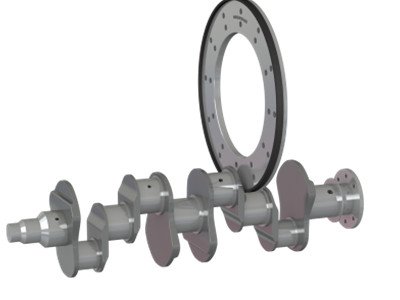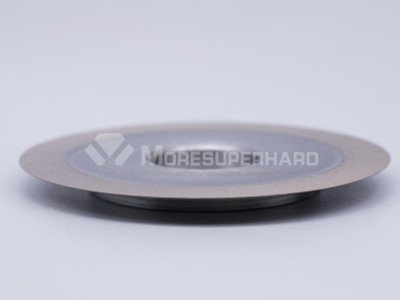26
Feb
Carbide root cleaning refers to the grinding process used to remove welding residues, oxidation layers, or irregular surfaces formed during the brazing or sintering of carbide tools, molds, or other workpieces. This process is crucial for ensuring the stability of subsequent machining operations and enhancing the lifespan of tools and molds.


Best suited for fine grinding and applications requiring high surface quality.
✅ Advantages: High cutting efficiency, good self-sharpening, high elasticity, smooth surface finish, and reduced risk of burning the carbide.
❌ Disadvantages: Lower wear resistance, shorter lifespan, and requires frequent dressing.

Ideal for high-precision and long-lifespan root cleaning in mass production.
✅ Advantages: High rigidity, excellent wear resistance, long service life, good shape retention, and superior heat dissipation, reducing clogging.
❌ Disadvantages: Slightly rougher surface finish compared to resin wheels, more challenging to dress, and higher cost.
Best for heavy-duty root cleaning or applications requiring extreme durability.
✅ Advantages: Exceptional wear resistance, suitable for high-load root cleaning and automated production.
❌ Disadvantages: Poor self-sharpening, prone to clogging, requires specialized dressing tools, and lower grinding efficiency.

Combining the characteristics of resin and vitrified or metal bonds, offering balanced performance.
✅ Advantages: Provides a mix of resin’s cutting ability and vitrified/metal’s durability, making it ideal for high-efficiency precision root cleaning.
❌ Disadvantages: Higher cost, and the performance varies depending on the specific bond formulation.
Is your customer focused on a specific type of carbide workpiece for root cleaning? I can help optimize the grinding wheel selection accordingly.







